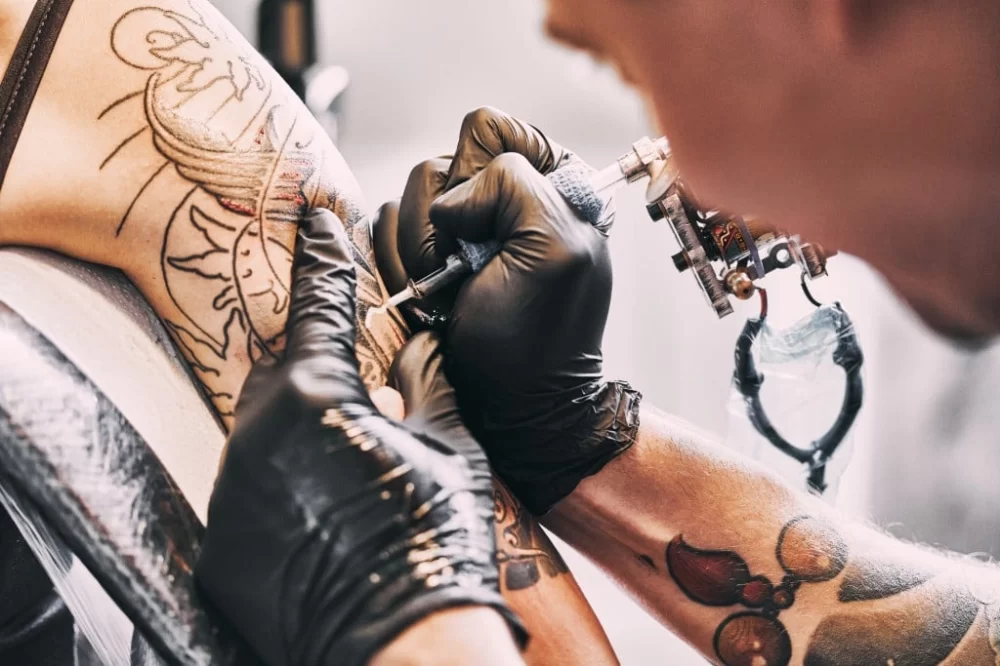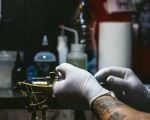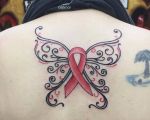
Why Get a Tattoo on Your Shoulder?
If you’re considering a tattoo and the shoulder is one of your top choices, you're not alone. I’ve had a shoulder tattoo myself, and it’s one of my favorite pieces of body art. The shoulder is a perfect canvas for a wide variety of designs—whether you're thinking of something large and bold or small and intricate. It's a versatile area that offers flexibility, both in terms of placement and design. What makes the shoulder such a great spot for a tattoo? Let’s explore a few reasons.
First off, the shoulder offers a large enough space for nearly any design you can dream of. You can go for something that wraps around the shoulder or stays confined to the upper arm. It’s a fantastic location if you’re looking for something that can be shown off or easily hidden. Plus, the shape of your shoulder allows your tattoo to complement the natural curves of your body, adding a sense of flow and movement.
Things to Consider Before Getting a Shoulder Tattoo
Getting a tattoo on your shoulder isn’t just about picking a design—it’s about preparing for the process. There are a few important factors to consider before booking your appointment with a tattoo artist. Here are some essential things I learned the hard way:
- Size of the Design: While it’s tempting to choose a large, bold design, it’s important to remember that the size of your tattoo will affect the overall healing process. A bigger design means more skin to work on, which may require more time both for the tattooing process and healing. Think about whether you want a full sleeve, a smaller piece, or something that wraps around the shoulder.
- Placement Matters: The shoulder can be a tricky spot in terms of placement. If you choose a design that wraps around the front and back of your shoulder, be prepared for some parts to be more painful than others. For example, the front of the shoulder is generally more sensitive than the upper back. Keep in mind that a good tattoo artist will help you with the exact placement based on your body’s shape and how the tattoo will flow with your muscles.
- Pain Levels: Speaking from personal experience, the shoulder isn’t the most painful spot on the body, but it does hurt. The upper arm or outer shoulder tends to be less painful, but when the needle gets closer to the shoulder blade or the bony parts, it can be uncomfortable. Make sure you're mentally prepared for the sensation. Every person’s pain tolerance is different, but knowing where the most sensitive spots are will help you prepare better.
- Healing Time: Shoulder tattoos require proper care to heal correctly. The shoulder area is active, meaning it moves a lot. For example, you’re constantly raising your arms, which can irritate the tattoo. This can delay the healing process if you don’t take extra care. A tattoo artist will typically provide you with aftercare instructions, and sticking to those is essential for a successful healing period.
Design Ideas for Shoulder Tattoos
When it comes to shoulder tattoos, the options are virtually endless. The design you choose will depend on your personal style, your body’s natural features, and how much space you want to use. From floral patterns to geometric shapes and even animals, there’s something for everyone. I personally chose a design that flows from the top of my shoulder onto my arm. It’s a beautiful piece of art that combines elements of nature, like leaves and vines, which also holds personal significance to me.
Some other popular shoulder tattoo designs include:
- Floral Designs: Flowers, vines, and other natural elements can make for an elegant and soft tattoo. The flowing shapes work well with the contours of your shoulder.
- Mandala Patterns: Intricate mandala tattoos are often placed on the shoulder as the symmetrical design fits beautifully into the natural shape of the area.
- Animal Designs: Animals like lions, wolves, or birds can be placed on the shoulder for a bold, meaningful tattoo. These designs are great for making a statement.
- Tribal Tattoos: These tattoos have a lot of sharp angles and bold lines, often covering the upper arm and shoulder to create a cohesive look.
- Abstract Art: For those who want a unique and modern tattoo, abstract shapes and patterns can provide a one-of-a-kind look on the shoulder.
Preparing for the Tattoo Appointment
Before your tattoo appointment, make sure you're fully prepared. Here’s a checklist of things to do:
- Hydrate: Make sure to drink plenty of water leading up to your appointment. Hydrated skin makes for a better tattoo experience, as the artist can work more easily and efficiently.
- Rest: Getting enough sleep the night before your tattoo is crucial. If you're well-rested, you’ll be able to manage the pain better and stay calm throughout the session.
- Eat Beforehand: Eating a nutritious meal can help with your stamina. Getting a tattoo can take hours, and you want to avoid feeling lightheaded or weak during the process.
- Wear Comfortable Clothing: Since the tattoo will be on your shoulder, it’s best to wear something loose-fitting and comfortable that gives the artist easy access to the area.
Aftercare Tips for Shoulder Tattoos
The aftercare for a shoulder tattoo is just as important as the tattooing process itself. Taking care of your new ink will ensure that it heals properly and stays vibrant for years to come. Here are some aftercare tips I found useful:
- Avoid Sun Exposure: For the first few weeks, keep your tattoo out of the sun. Sun exposure can cause the ink to fade, and it can irritate the healing skin.
- Moisturize: Applying a gentle, fragrance-free moisturizer or tattoo aftercare ointment will keep the skin hydrated and prevent cracking or peeling.
- Avoid Scratching: It can be tempting to scratch or pick at your tattoo as it heals, but doing so can cause scarring or even infection. Let it heal naturally.
- Limit Physical Activity: Since the shoulder is an active area, avoid any heavy lifting or strenuous exercise that could disrupt the healing process, especially during the first week.
Getting a shoulder tattoo can be a transformative experience. It’s a beautiful way to express yourself and carry a piece of art with you everywhere you go. By understanding the placement, the pain levels, the designs, and the aftercare, you’ll set yourself up for a successful tattoo journey. Remember, patience is key—not just during the session, but in the weeks following as your tattoo heals.








